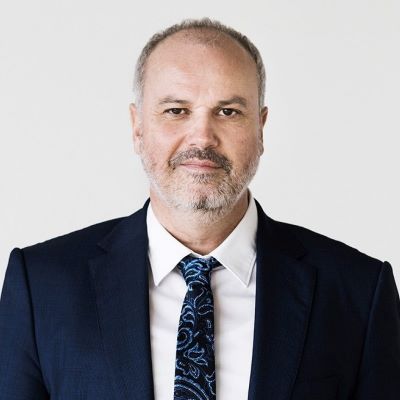Swiss wireless provider Sunrise was aggressive in rolling out 5G services, and that appears to be paying dividends. At the recent Mobile World Congress Shanghai, CTO Elmar Grasser talked about the strategy behind the rollout, and how it has strengthened Sunrise’s position in a competitive mobile market.

Swiss wireless operator Sunrise may have a brighter future thanks to its decision to accelerate launch of 5G services – not only is that speed-to-market positioning it well in a competitive market, but it is getting glowing reviews from customers. During the recent Mobile World Congress Shanghai, Sunrise CTO Elmar Grasser explained the Swiss operator’s decision to go ahead with 5G rollout amid a global pandemic, and how that decision is already reaping rewards.
Sunrise began rolling 5G out in 2019, even before the spectrum intended for 5G use was auctioned in Switzerland. To fill that gap, the carrier took advantage of its existing low-band 700 MHz spectrum, which allowed it to extend 5G coverage to 90% of the nation’s POPs. “But the main focus was really to roll out 5G on 3.5 GHz – so, we have 100 MHz of 3.5 GHz spectrum, and we used this advantage and rolled out 5G quite heavily across the country,” Grasser said. “We’re now over 50% POP coverage, and benchmark drive tests have also shown that we have the fastest-reacting 5G network in Switzerland.”
Sunrise’s rollout has been supported by long-term technology partner Huawei, dating back to an early 2017 5G demonstration network. The network demo produced downlink speeds reaching 3.28 Gbps using the 3.5 GHz spectrum, which was a world record at the time. For Sunrise, its aggressive 5G rollout was part of a larger strategy to consistently invest in its infrastructure to provide high-quality service in a very competitive market.
“This very good network quality has helped us to gain a lot of market share, especially in the B2B market,” Grasser said. Already, Sunrise’s 4G network covers more than 97% of the country’s geography, “so basically you won’t find many places in Switzerland where you do not have a fast Internet connection – a very stable Internet connection. And that’s what customers appreciate.”
Going forward, the focus is on investing in 5G rather than 4G infrastructure, “and I think that this will show that this is an investment especially into the future,” he said. “And I would say that if you have a 5G-capable iPhone on our network it really feels – it probably is the best user experience in Switzerland, with that phone.”
In many ways, the COVID-19 pandemic proved Sunrise was right to invest in an aggressive 5G rollout, as people were forced to rely more heavily on fixed and mobile connectivity for day-to-day life.
“We did not have any outages due to the increased traffic – we had increased voice traffic, traditional traffic. We had a very high increase of data traffic which didn’t harm our network. Our network was extremely stable, and I think that was something that people appreciated very much,” Grasser noted. “People understood that telecommunications infrastructure at the newest, state-of-the-art level is extremely important. And I think that started to change the mindset of the population. I think that also will help politicians to support us better in doing the rollout.”
That success may be one reason Sunrise also is seeing a lot of interest from industry partners, who are now interested in harnessing the new capabilities 5G offers.
“It’s not just the connectivity that matters – there are solutions behind, and we are working with industry partners to help them to provide these kinds of solutions,” Grasser said, adding that at Sunrise’s innovations center, the carrier is working on 4G and 5G innovations.
Even as the 5G technology develops, Sunrise is working to extend its 5G network coverage, combining the range of its 700 MHz spectrum with the capacity of its new 3.5 GHz licenses. It also plans to level up when it comes to the underlying technology.
“On the core network side, we’re going to introduce standalone architecture, and we will also have the first, let’s say, experience and exploring the capabilities of this new technology in that context,” Grasser said.
Sunrise’s ambitious 5G rollout is in fact positioning it well in a competitive Swiss wireless market, which also includes heavy-hitter Swisscom, which claims about 56% market share, according to the most recent Swiss Federal Communications Commission estimates. At 25% market share, Sunrise is positioning itself as an aggressive challenger.
“Sunrise in Switzerland offers us a glimpse into what is a successful 5G rollout strategy can do to society,” said Dimitris Mavrakis, senior research director at ABI Research. “So Switzerland has been a particular example where during the pandemic, the successful 5G rollouts and the dense deployment of these networks has changed user perception. The experience that Sunrise shows us in deploying early and very aggressively in a very competitive market can reap benefits. So many other operators in Europe can take the same example and use 5G as a catalyst to increase their market share and improve the user experience of their subscribers.”








